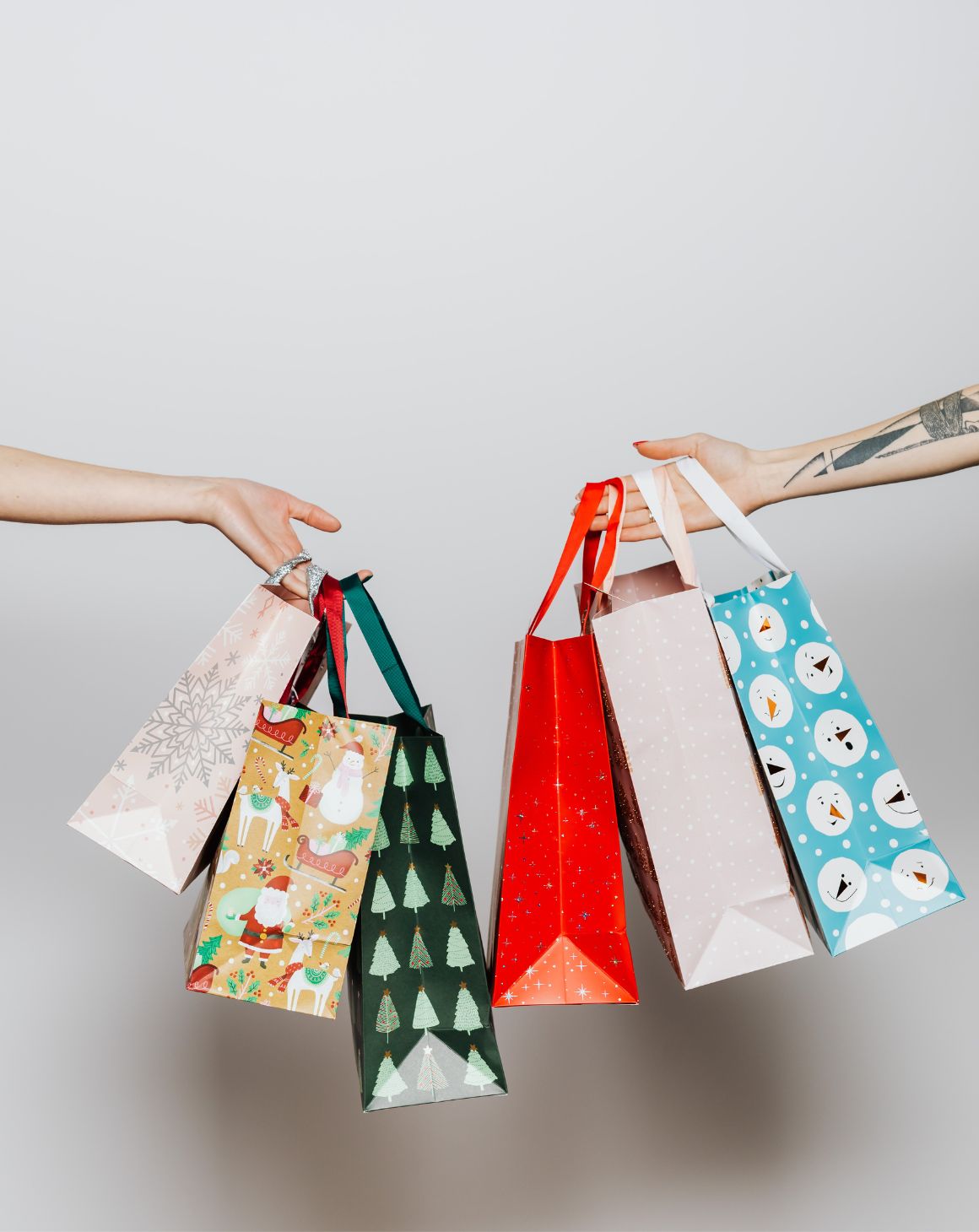eCommerce has seen an immense amount of growth over the past few years. In fact, eCommerce made up $870 billion in sales in 2021. It’s estimated that eCommerce will account for around 25% of all retail sales by 2025. eCommerce is an industry that’s only continuing to grow, and if you have an eCommerce business, you need to make sure your brand remains competitive.
One way to accomplish this is by building a repository of creative assets that do your products justice. Creative assets can include video, graphic design, and what we’re discussing today: photography.
When it comes to eCommerce, photography is the primary way to showcase your products. People are shopping online now more than ever, and since they can’t hold your product in their hands, customers rely on premium photography to guide their purchasing decisions.
Different types of eCommerce photography
If you sell a physical product, you’ll likely need various types of photography for your brand. With customers shopping online more than ever, diverse and quality photography helps the online shopper get a better feeling for your product. It’s not enough to have one dimly lit photo of your product these days.
Consumers want photography that can show them what a product might feel like (the product’s texture), or how these products can fit into their lives. You may think that a photo is just a photo, but in eCommerce different photo types are used for different purposes and do better in different channels. Some photos show what the product is, some photos show what the product does, and some photos show how to use the product.
Lifestyle photography
Lifestyle photography is used in eCommerce to show how your product might appear in everyday life. This type of photography helps online customers imagine how this product will fit into their life, and it can also give customers the “I need to have this for my routine” moment.
Lifestyle photography has more artistic direction on location and props, or with talent, and wardrobe (if a model is included). This photo type matches your product into some kind of real-life or fantasy situation that ultimately is telling a mini-story about your product. If you sell facial cleanser, then your cleanser might be shot on a bathroom counter next to a washcloth with suds running down the bottle. If you sell soccer equipment, you might shoot soccer cleats outside on a model as the model takes a shot toward the goal. Lifestyle photography can often include models but isn’t interchangeable with model photography.
Model photography
Model photography is exactly what it sounds like- utilizing models to help sell your product. Models are commonly used for apparel and beauty products, but can also be used in food and beverage photography. Models are hired for photoshoots to show what your product looks like on a person, or to demonstrate how the product can be used. Model photography can also be used to show the scale of a product or to, once again, tell a mini-story about your product and how a customer might interact with it.
Similarly to lifestyle photography, this type lets the customer imagine themselves as the talent interacting with the product and ultimately allows them to imagine what it would be like to own this product. If you have a hair dye brand, you might see talent applying the dye to their hair (to show the process or demonstrate usage), or have shots of the final hair color on the talent to show the final result (to demonstrate how the product will look on the customer). Something to keep in mind is that model photography is generally more expensive than product photography, as there are specific usage rights associated with using talent photography.
360-degree photography
360-degree photography is used to show what your product looks like from every angle. This type is often seen from retailers who sell footwear. Another popular way to use 360-degree photography is to turn the shots into GIFs, or short videos. This gives customers a very in-depth look at your product and helps them see every angle of a product. This way, there are no angles that are unseen (as opposed to traditional 2D photography).
Product photography
Product photography is photos of your products. Your products can be showcased with as much or as little production as you desire. The art direction of these photos will really determine how the final assets look. You can pair your products with other objects, such as an orange, for example, to highlight the ‘vitamin c’ in your vitamin c serum. Or, you can simply showcase your product laid flat against a white background. The presentation and aesthetic are up to you, depending on the goal of your photo shoot. But be sure to test what resonates best with your audience, and don’t hesitate to consult with e-commerce photographers for advice.
User Generated Content
UGC, or user-generated content, is content created by your customers. In this case, the UGC would be photos of your customers using or wearing your products. User-generated photography also serves as social proof that your products are high quality and worth purchasing. These are also effective at showing results-based products, for example before and after using an acne cleanser.
How to use eCommerce photography
The possibilities are endless when it comes to how you can use photography for your eCommerce business, but there are a few areas where using it strategically can increase sales.
Website
Your brand’s website is the perfect place for your best photography, especially if you are solely a D2C (direct-to-consumer) brand. That’s where potential customers will go to see what you offer, why they need it, and how they can use it, so it’s important to have high-quality images that showcase your products. If you’re working with a small budget, start simple with just your products against a white or solid-colored backdrop for your product listing page. As your budget grows, you’ll want to include shots of the product in its packaging, outside of the packaging (think of texture shots of skincare products), and shots of the product in use.
Social Media Content
If you keep things simple on your website, then social media is the perfect place to have more fun and play with a more editorial feel. It’s also a great place to utilize lifestyle shots and share your customers using your products. Try mixing up your grid on Instagram with a variety of shots, alternating between lifestyle, product, model, and UGC. Include photos in your stories to share new or upcoming launches or repost photos your brand has been tagged in. There’s a multitude of ways to use photography on social media. This is a perfect opportunity to get creative and learn what feels right for your brand. The results for your photo performance on these platforms will let you know what type of assets work best for which channels.
Marketing
If there’s a place where you’d want to have high-quality photos, it’s in your marketing campaigns. If you’re running Google or Meta Ads, it’s worth it to invest in photography that showcases your products well. Test different types of images to see which ones perform best on your ad platforms, and don’t be afraid to change out images that don’t perform well. If you’re utilizing email marketing, you’ll also want good photos in your email campaigns to entice buyers to click through. Email is also a great platform for GIFs and 360-degree photos.
Is eCommerce photography worth the investment?
The answer is: YES! Photography can serve as evergreen creative content if done well the first time. As long as you carry those products, the photos you have can be reused as many times as you want (depending on usage rights).
Photography is a great asset that can be repurposed across many different channels so you can use lifestyle images on your webpage, for social and paid ads. It’s a great way to get more value and use out of one asset.
More than that, photography serves as a way for your potential customers to experience your products without touching them. The visual appearance of a product is the key deciding factor that 93% of consumers consider before purchasing. Your customers want to see your products. All you have to do is show them.
There is certainly a place for do-it-yourself photography in eCommerce, but if you find that you’re ready to take your brand’s images to the next level and don’t know where to start, our team at Blue Wheel is here to help! We assist with the creation of visual content in a variety of ways, from photography to graphic design.
Simply fill out the form below and we’ll get in touch to discuss your photography goals.

.png)





.png)
.png)
